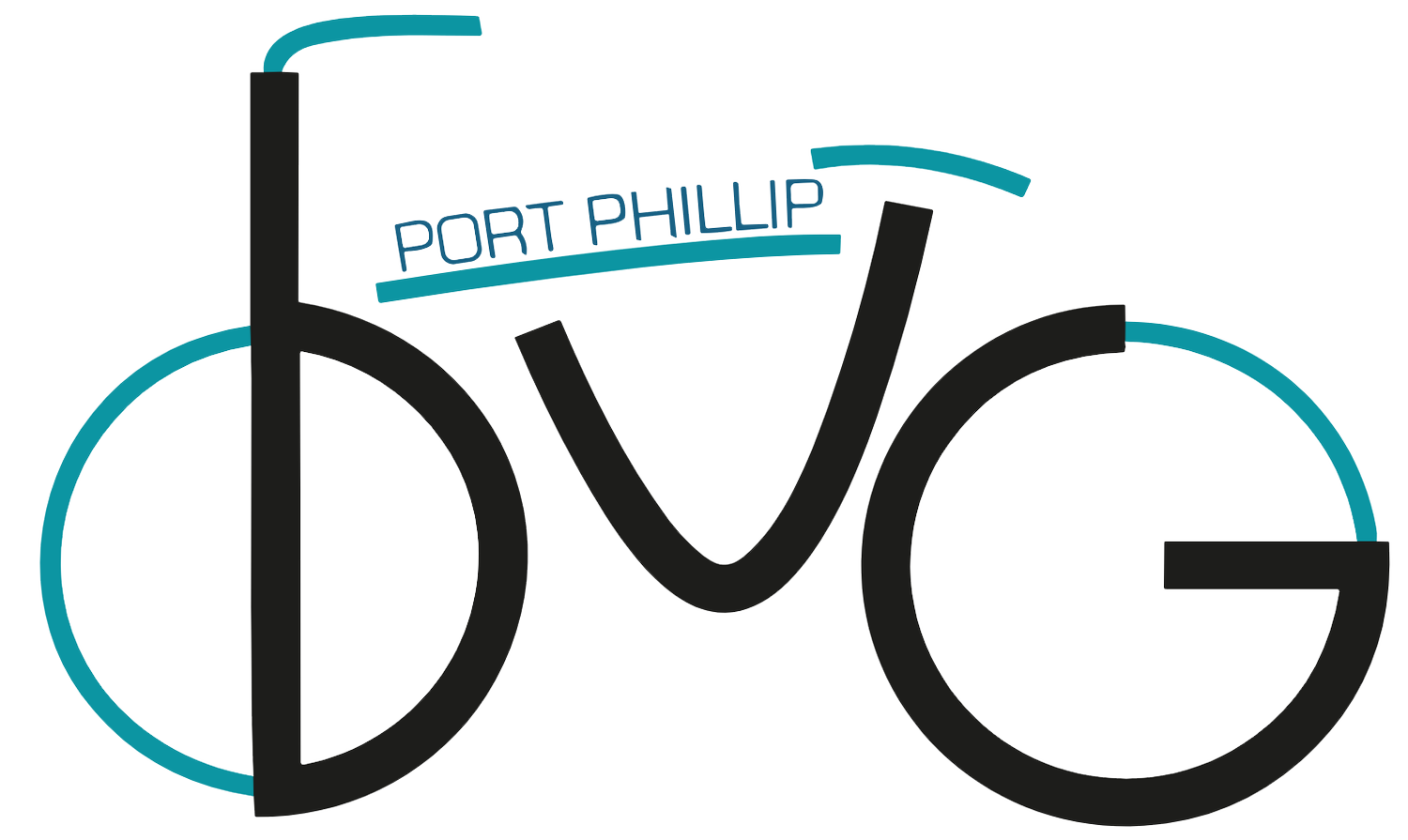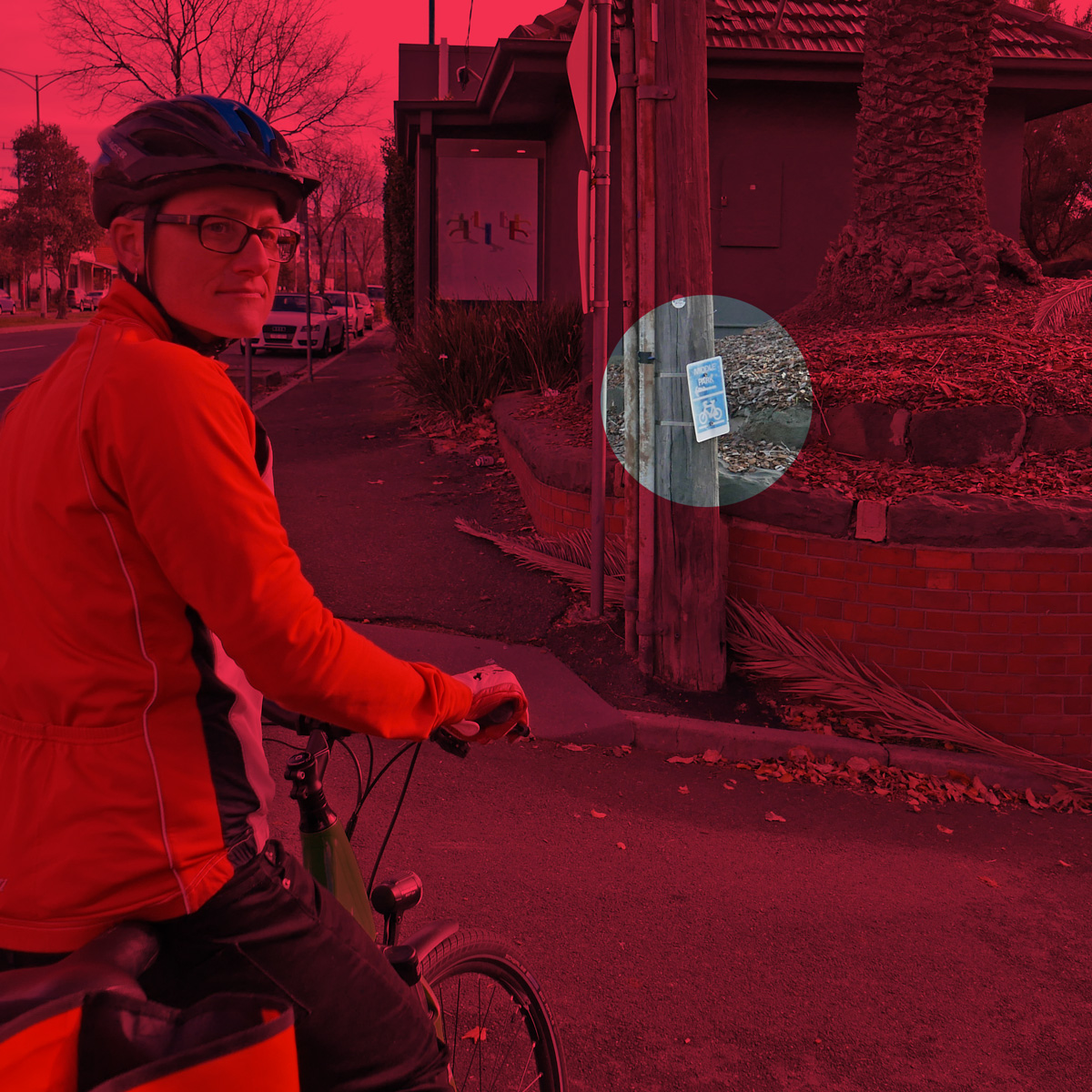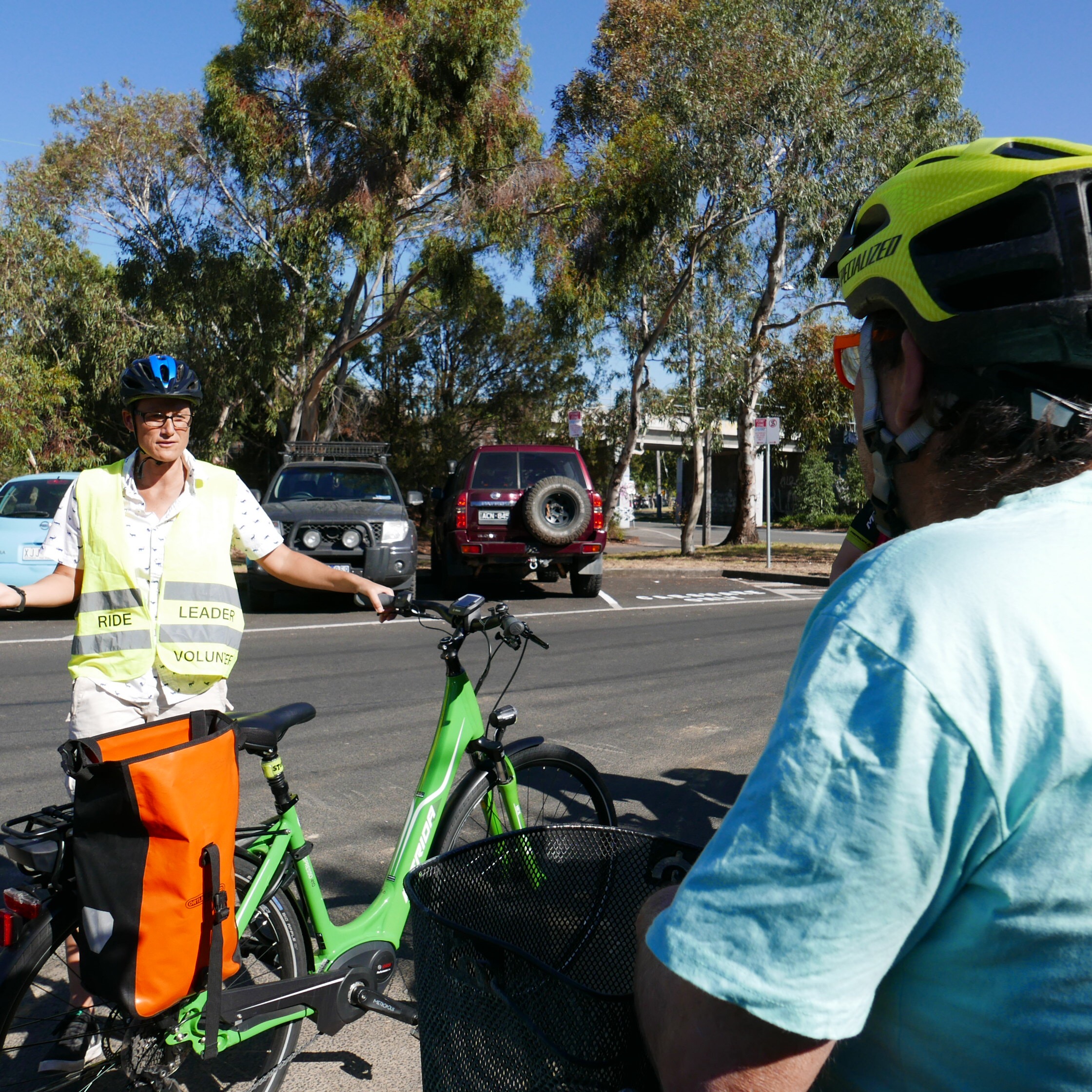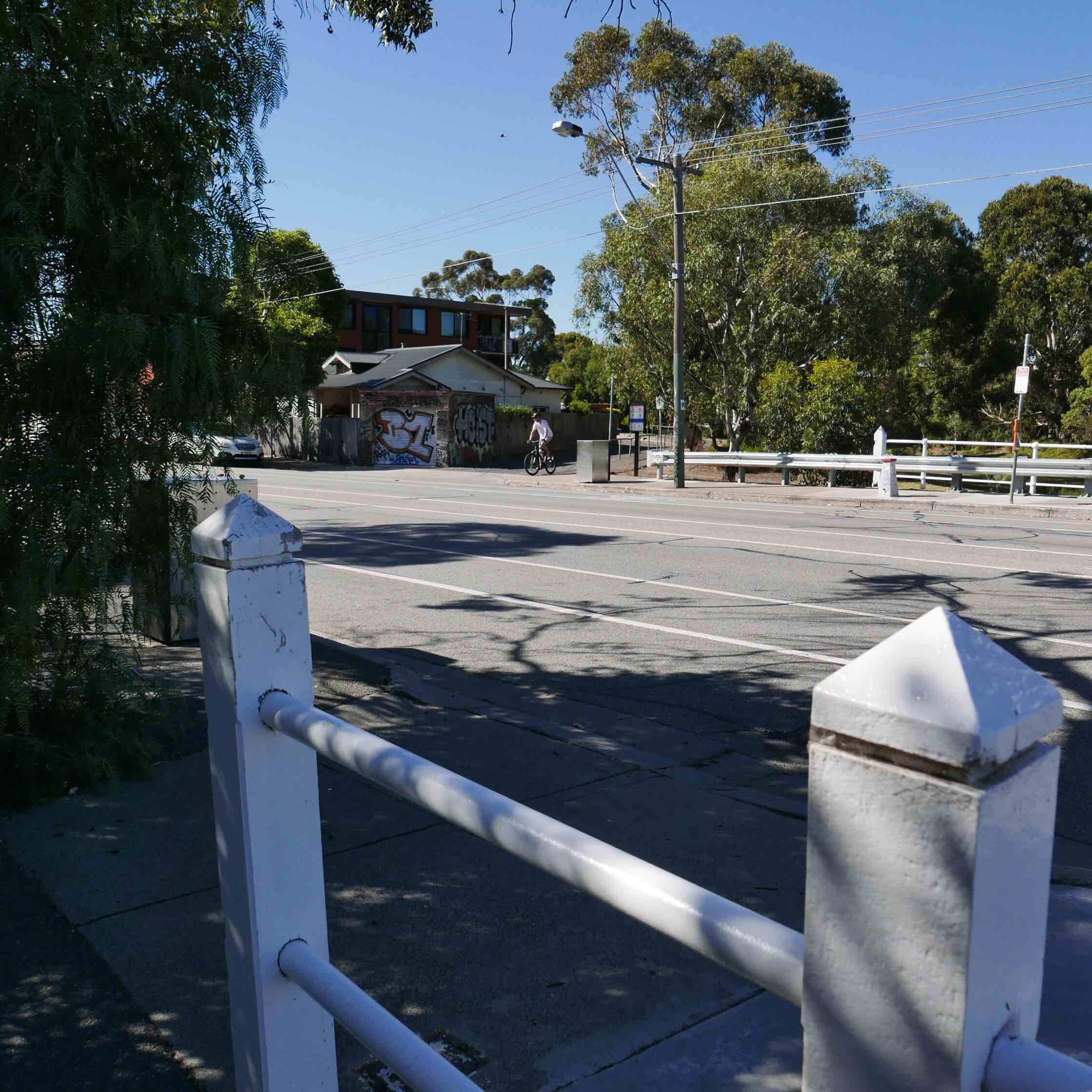We’ve looked at the bike-related policies and actions of the candidates, both incumbent and new. The summary is here, and our reasons are below. Candidates in bold are incumbent, and have been rated on their track records in council. New candidates are rated on their intentions.
| Highly recommended | Recommended | Not recommended | |
|---|---|---|---|
| CANAL | Tim Baxter | Dick Gross | Steven Armstrong |
| Louise Crawford | Warwick Cahir | ||
| Lesley Pianella | Rhonda Clarke | ||
| Denis Bilic | |||
| Maddy Blay | |||
| LAKE | Katherine Copsey | Robbie Nyaguy | Andrew Bond |
| Geoffrey Conaghan | Adrian Jackson | ||
| Roger Ward | Bernard Mandile | ||
| Christina Sirakoff | |||
| GATEWAY | Earl James | Marcus Pearl | |
| Heather Cunsolo | Sami Maher | ||
| Peter Martin | |||
| Stan Gyles |
The current council has made significant progress on planning for building separated bike infrastructure. Actually building the infrastructure has been slow, and mostly dependent on outside agencies: for example, the excellent protected Moray St bike lane was built as part of the Melbourne Metro project.
Many candidates responded to the Bicycle Network with their plans for cycling: see responses here.
We have considered all incumbents that are standing for re-election on their votes in support of cycling on three main issues. The most important of these is the ITS, so it is worth 2 points, and the others 1 each.
Integrated Transport Strategy. In 2018 Council endorsed a transport strategy that included building a network of protected bike routes. FOR: Crs Voss, Baxter, Brand, Copsey, Crawford, Gross and Simic AGAINST: Crs Bond and Pearl.
Park St bike lane: In September 2019, the council considered the Domain masterplan, which (contrary to the intention of the integrated transport strategy) had only partially separated bike lanes shown. A motion was proposed to modify the plan to have a fully protected bike lane, particularly between Kings Way and Moray St. In favour: Copsey, Baxter, Simic. Against: Bond, Voss, Brand, Crawford and Gross. The motion later unanimously carried was to "consider the feasibility of a protected bike lane", and to undertake community consultation on it.
Recent budget: The pandemic has brought pressure to bear on Council's budget, and one very short-sighted proposal was to cut the bike infrastructure program. A counter-proposal was to work with State government to build temporary bike lanes for safe travels post-covid, and install low-cost "shimmy" routes along quiet streets. In favour: Crs Voss, Baxter, Brand, Copsey, Crawford, Gross and Simic. Against: Crs Bond and Cr Pearl.
Other actions: while votes in Council are important, we also note that Councillors have been fantastic at participating in our regular rides to look at infrastructure problems and opportunities. All re-contesting candidates save for Cr Pearl have come along at least once, and Cr Gross has been on every. single. ride.
For the new candidates, we have used the survey by Progressive Port Phillip, which asked the question "Do you support expanding and connecting the municipality’s bike lane and bike path networks, even if these projects are solely funded by council?" We have not listed candidates who did not return the survey, with the exception of the “Ratepayers of Port Phillip” group. Their leaflets claim bike lanes are “stealing roads and parking spaces”. These people do not support cycling. New candidates are either recommended or not recommended (since we do not know their track record, only their intentions).
CANAL WARD: Incumbents: Highly recommended Tim Baxter (Greens), 4/4. Recommended: Dick Gross (Labor) and Louise Crawford (Labor) 3/4. Louise Crawford has supported building bike lanes, but also places a high priority on street parking.
New candidates: In response to the survey question, Lesley Pianella, Denis Bilic and Maddy Blay support building bike lanes.
Steven Armstrong is "not sure". Warwick Cahir supports "well planned bike routes that do not have a detrimental effect on the traffic and parking of the area they are located in". Given that almost all the planned routes will require removal of some parking, don't vote for Warwick if you'd like more protected lanes.
LAKESIDE WARD: Incumbents: Highly recommended- Katherine Copsey (Greens) 4/4, moreover has been actively proposing bike-friendly policy. Recommended: David Brand (Labor) 3/4. Not recommended: Andrew Bond 0/4.
New candidates: In response to the survey question, Robbie Nyaguy and Roger Ward support bike lanes. Geoffrey Conaghan is “not sure” but responded to the Bicycle Network with a well-thought out response.
Adrian Jackson states "Bikes can use the roads like any other wheeled vehicle" (!). Bernard Mandile is “not sure”.
GATEWAY WARD: Incumbent: Not recommended: Marcus Pearl 0/4.
New candidates: In response to the survey question, Stan Gyles and Earl James support bike lanes. Heather Cunsolo is "not sure" she supports bike lanes (but is a bike rider herself and came to the BUG's September meeting); Peter Martin is also "not sure" but says he supports them in principle.
Comments or corrections should be sent to portphillipbug@gmail.com
Responsibility for election comment is taken by J. Clutterbuck, 93 Spray St Elwood.











































